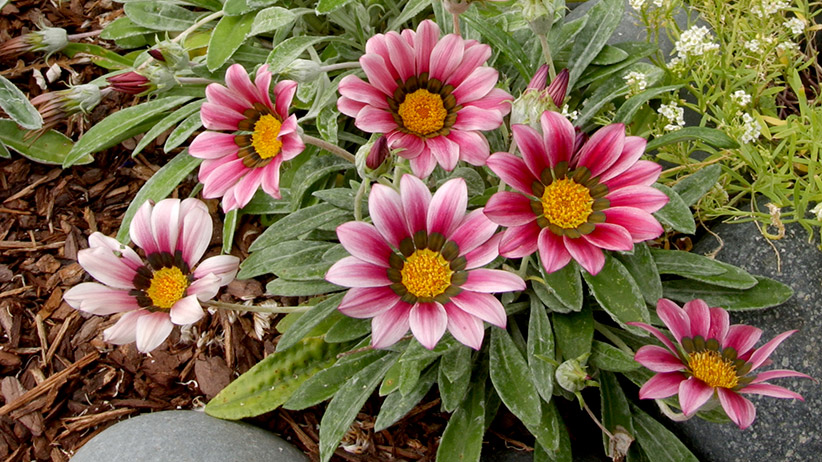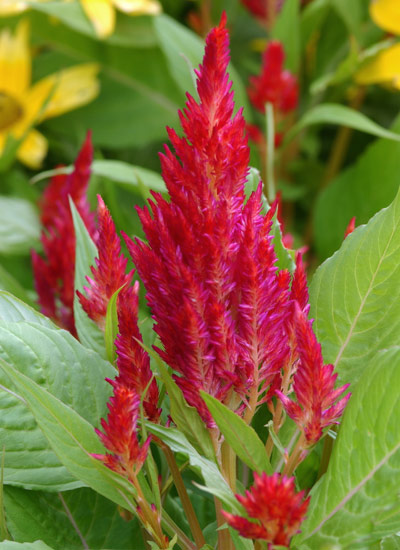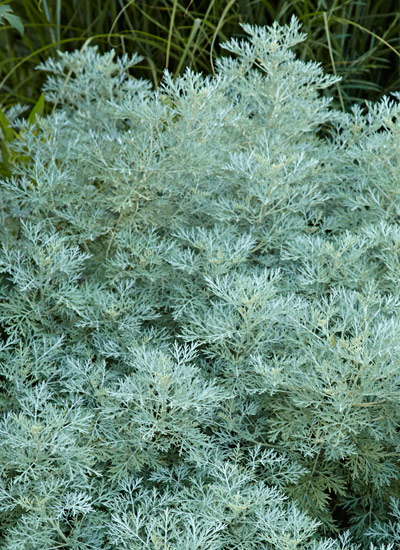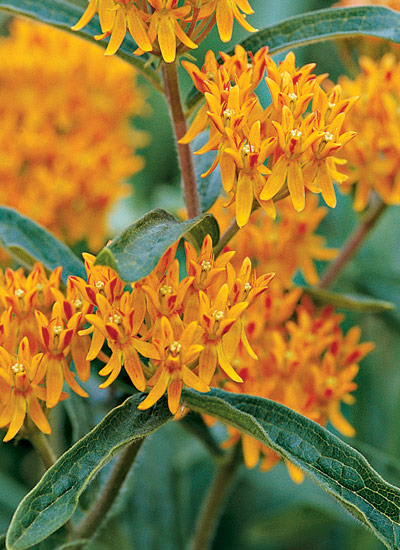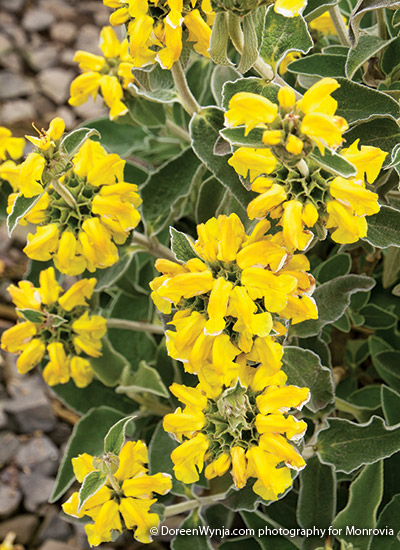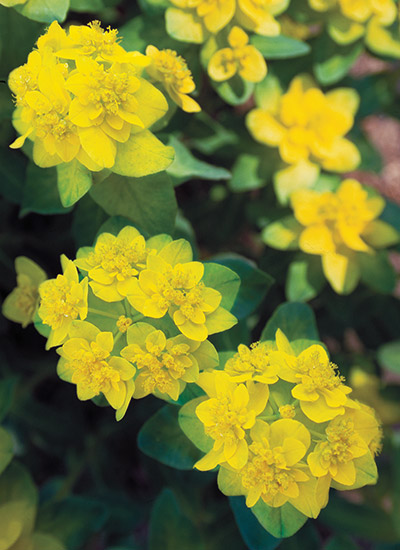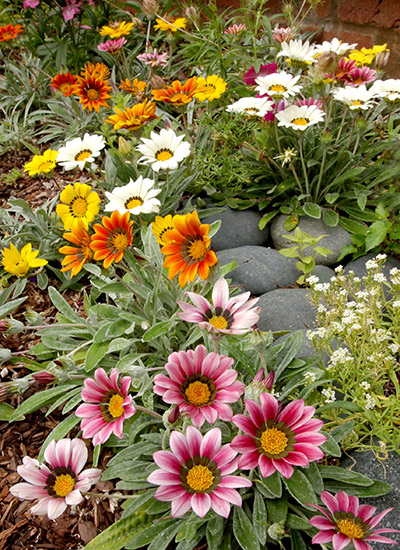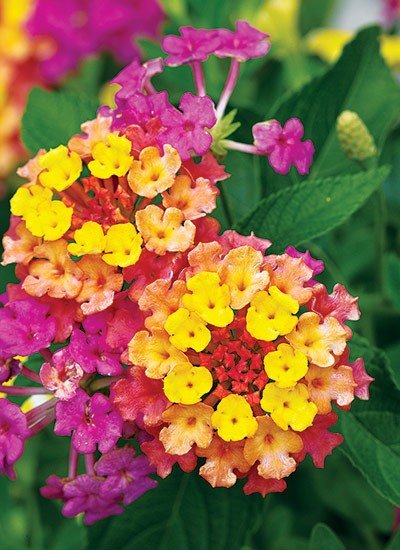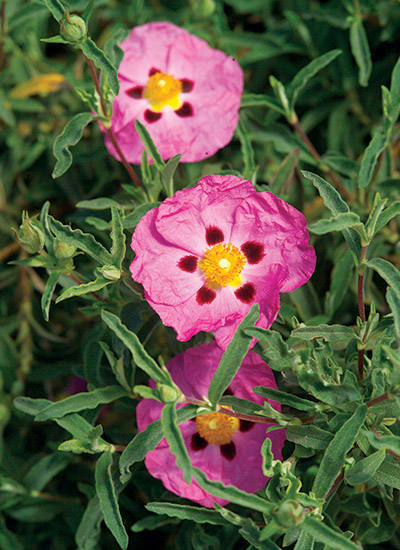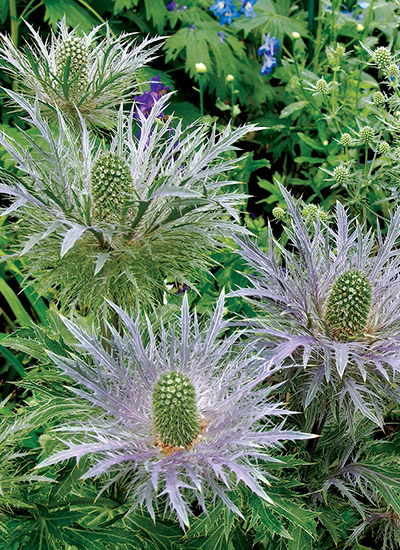Plant a drought-tolerant garden
Whether you live in a dry area with watering restrictions, or even if you live in an area with plenty of natural rainfall, a garden needs plants that won't wilt when the weather gets hot and dry. If you choose plants that take heat and dry weather in stride and design your garden with low water-use in mind, you’ll spend less time dragging a hose around the garden when you could be relaxing in the shade. Don’t stop watering these plants just because they can tolerate some drought. But rest easy knowing that when the temperature spikes, your water bill doesn’t have to spike, too!
Traits of drought-tolerant plants
Most of these plants have colorful flowers and some even have beautiful foliage, but all have features that allow them to survive, and even thrive, in drought. They may have very deep roots to reach moisture or fleshy ones that store water. Or they may have leaves reflect light or store moisture. These traits help the plant retain as much water as possible in drought, so if you see them it usually means a plant is drought-tolerant.
- Waxy
- Fuzzy
- Gray-colored
- Thick
More on watering
Cutting back on watering doesn’t mean you can’t enjoy a garden full of lush foliage and colorful flowers! Make sure to give these annuals and perennials regular moisture until they get established, and then they’ll bloom right through hot, dry conditions with ease. A moisture-conserving layer of organic mulch like pine straw is also a good idea for any of these plants. But once established, they’re easy to grow and enjoy, even when rain is hard to come by. Scroll on to learn more about each plant.
You Might Also Like:
Drought-Tolerant Garden Plan
How to Water Perennials
Low-Maintenance Gravel Garden
DIY Rain Barrel
More Drought-Tolerant Perennials



